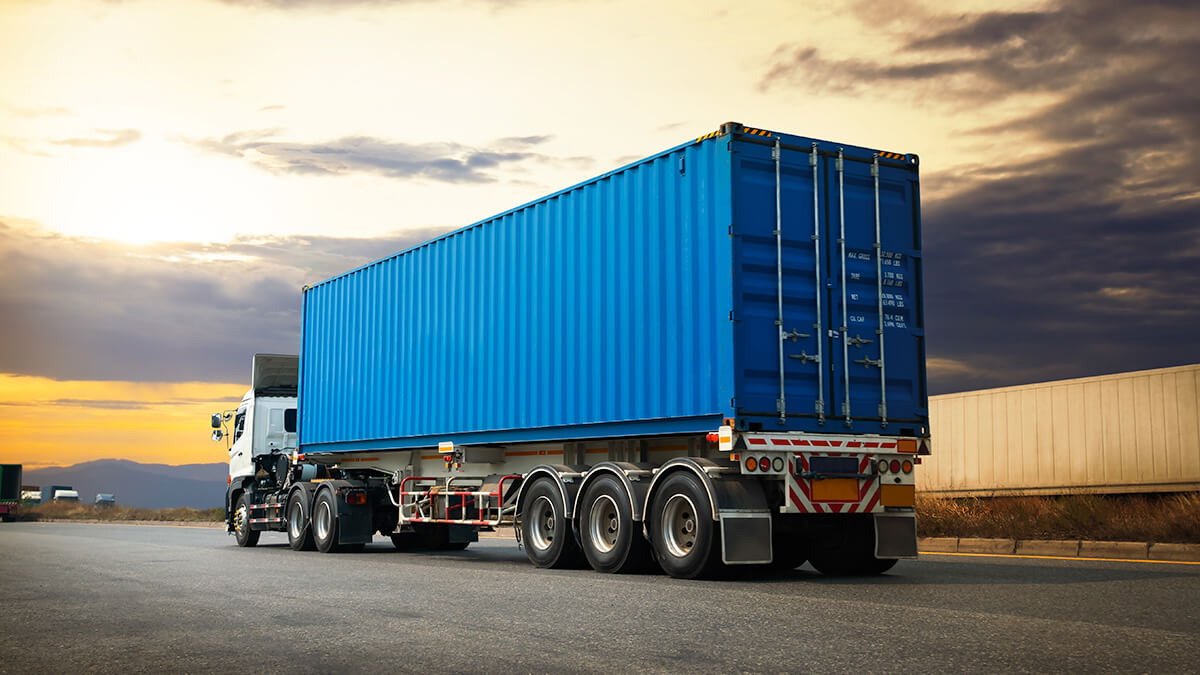
There’s a phrase that tech people use, “garbage in, garbage out”- meaning the outcome will only be as favorable as the effort and materials put towards achieving it. That idea could also be applied to the task of container stuffing, as it relates to cargo that is damaged in transit since it, too, is not a task to be performed in haste, or carelessly. It requires knowledge, skill, quick thinking, as well as sufficient speed to maintain sometimes tight supply chain schedules. Ensuring that shipments arrive on time and in their original condition can pose a logistics nightmare. However, partnering with the right freight handler firm, Labor Loop, for our on-demand container stuffing services, will provide safe handling of all containerized goods for optimal outcomes time after time. Here, we present our recommended best practices to prevent damage to any cargo.
Common causes of cargo losses are: force, water, contamination, refrigeration, and infestation. These can be prevented or remediated by following these directives.
Packing products correctly in boxes or containers that are the right size and also provide ample protection against jarring and contact with other boxes is very important. No items should be loosely packed, but always protected with filler to prevent damage in transit.
Another major consideration is the nature of each load. For perishables, it would be foolish to pack floral arrangements and/or produce with canned goods or beverages. That is an invitation for damaged products and “perished” perishables. Consumer goods such as glassware and technology equipment should never be shipped with heavy items such as outdoor grills, appliances, etc. It is common sense, true, but opting for what seems like an economical solution- i.e. container stuffing to the hilt regardless of the nature of the cargo, is an open invitation to a property damage, as well as for the potential for a liability claim.
In an attempt to lower overhead, many logistics overseers and transportation carriers make this mistake – hiring unskilled labor or diverting existing staff to perform lumper duties as needed. Container stuffing is not simple manual labor, but requires skill with forklifts, ramps, lift gates, conveyors, elevators, and handtrucks efficiently and safely. Additionally, knowledge of positioning pallets and proper securing techniques using tie-downs, and wrapping materials such as cargo separators and dunnage correctly. Professional freight handlers know from experience and training the right thing to do and how to perform each task as quickly as possible. This way supply chain schedules are met, cargo is protected from damage, and overhead costs are reined in as using experienced professionals means fewer asset losses and minimal risk of personal injury and liability.
Partnering with Labor Loop for our on-demand container stuffing services by qualified professional lumpers will go a long way to help logistics decision-makers to maintain their bottom line as they increase their ROI. There are many advantages to this alliance and Labor Loop welcomes the opportunity to discuss your supply chain requirements to present our ideal solutions. For more information, contact our team today!
